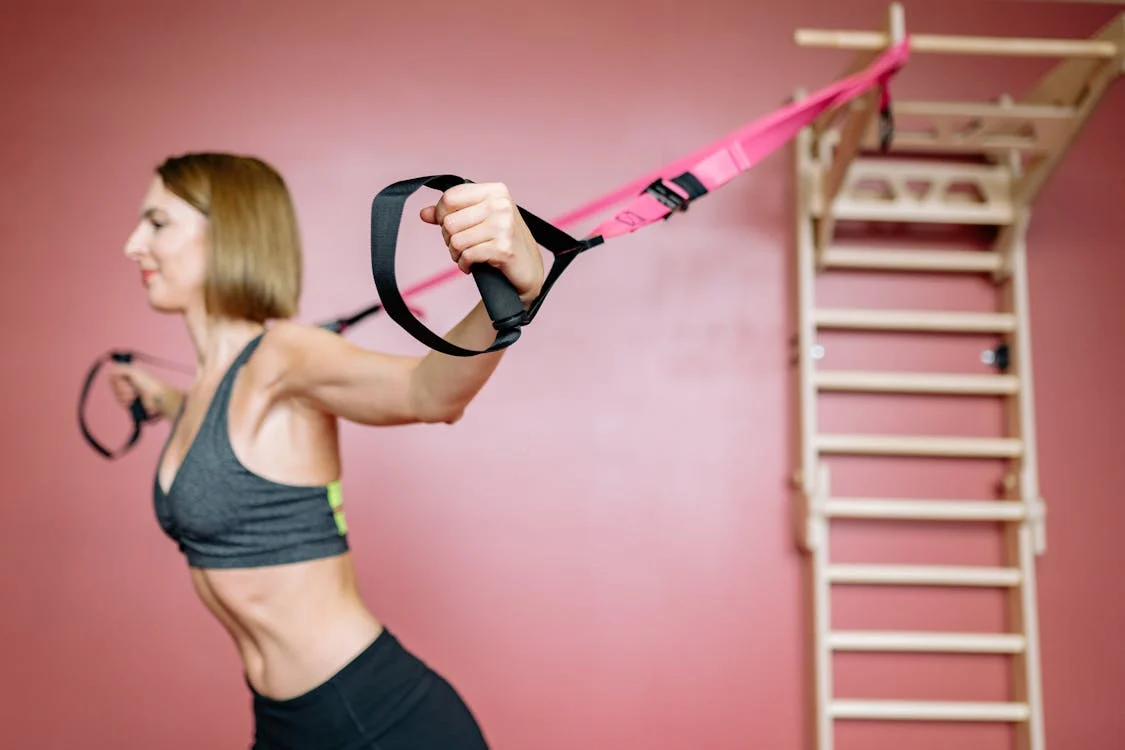Starting a fitness routine can feel overwhelming, especially if you’re new to exercise or haven’t worked out in a while. With so many options—gym workouts, running, yoga, strength training—it’s easy to feel unsure of where to begin. The good news is, no matter your fitness level, it’s never too late to start, and the key is to begin with small, manageable steps that will set you up for success. This beginner’s guide will help you ease into a fitness routine and build healthy habits for long-term results.
1. Set Realistic Goals
The first step in starting any fitness routine is setting clear, realistic goals. Having a goal gives you direction and motivation, whether it’s to improve your strength, increase your stamina, lose weight, or simply become more active. It’s important to make these goals specific, measurable, achievable, relevant, and time-bound (SMART).
Examples of SMART goals:
- Walk 30 minutes a day, 4 times a week, for the next month.
- Do 20 push-ups in a row by the end of the month.
- Lose 5 pounds in 6 weeks by exercising and eating healthier.
2. Start Slow and Build Up Gradually
If you’re new to exercising, starting slow is key. Jumping straight into intense workouts can lead to burnout or injury. Begin with lower-intensity exercises, such as walking, light jogging, or beginner bodyweight workouts. As your fitness improves, gradually increase the intensity, duration, and frequency of your workouts.
Progressive overload—gradually increasing the challenge of your workouts—is crucial for building strength and endurance. It ensures your body adapts over time without overwhelming it at the beginning.
3. Choose Activities You Enjoy
The best way to stick to a workout routine is to find activities you enjoy. If you dread running, don’t force yourself to run every day. Instead, try different forms of exercise until you find something you look forward to. Whether it’s dancing, swimming, cycling, or yoga, finding an activity that you genuinely enjoy will make it easier to stay consistent.
Tips:
- Experiment with different types of workouts (group classes, outdoor activities, home workouts) until you find your favorite.
- Try to mix things up with a combination of cardio, strength training, and flexibility exercises to keep things interesting.
4. Start with Simple, Effective Exercises
As a beginner, focus on exercises that target multiple muscle groups and build foundational strength. Full-body exercises like squats, lunges, push-ups, and planks are great for building strength, improving mobility, and increasing endurance. These exercises require minimal equipment (just your body weight), making them perfect for home workouts.
Examples of simple, beginner-friendly exercises:
- Squats: Great for building leg and glute strength.
- Push-ups: Help develop upper body and core strength.
- Planks: Strengthen your core and improve stability.
- Walking or light jogging: Perfect for building stamina and cardiovascular fitness.
5. Create a Consistent Routine
Consistency is key when it comes to building fitness. Rather than working out sporadically, aim to establish a routine that fits into your daily life. Start by committing to 2-3 workouts per week, and gradually increase the frequency as you become more comfortable. Whether it’s morning workouts, lunchtime walks, or evening yoga sessions, find a time that works for you and stick with it.
Tips:
- Write your workouts into your calendar to help hold yourself accountable.
- Treat your workouts like any other important appointment and prioritize them.
6. Warm Up and Cool Down
Warming up before exercise and cooling down afterward are essential for preventing injury and improving performance. A proper warm-up helps increase blood flow to the muscles, raises your heart rate, and prepares your body for more intense activity. Cooling down helps lower your heart rate and stretches out tight muscles to aid recovery.
Warm-up ideas:
- Light cardio (jogging in place, jumping jacks, or brisk walking)
- Dynamic stretches (leg swings, arm circles, or hip rotations)
Cool-down ideas:
- Slow-paced walking or gentle movement
- Static stretching (holding stretches for 15-30 seconds for key muscle groups)
7. Listen to Your Body
As a beginner, it’s important to pay attention to how your body feels during and after exercise. If you experience pain, dizziness, or excessive fatigue, it’s a sign to stop and rest. Pushing through pain can lead to injury and setbacks. Instead, listen to your body and adjust your routine if needed.
Rest and recovery are just as important as the workouts themselves. Make sure to schedule rest days, especially when you’re just starting out, to give your body time to recover and rebuild.
8. Track Your Progress
Tracking your progress is a great way to stay motivated and see how far you’ve come. Whether it’s through keeping a workout log, using a fitness app, or taking progress photos, monitoring your achievements will remind you that your hard work is paying off. It also allows you to identify areas where you can improve or set new goals.
What to track:
- Exercise duration, intensity, and frequency
- Body measurements (waist, hips, arms, etc.)
- Weight (if relevant to your goals)
- Personal records (like how many push-ups or squats you can do)
9. Focus on Proper Nutrition
Exercise is just one piece of the puzzle when it comes to overall health and fitness. Nutrition plays a huge role in fueling your workouts, supporting recovery, and achieving your goals. Focus on eating a balanced diet with a variety of whole foods, including lean proteins, healthy fats, complex carbs, and plenty of fruits and vegetables.
Hydration is also crucial. Drink water before, during, and after your workouts to stay hydrated and maintain optimal performance.
10. Be Patient and Celebrate Your Successes
Remember, fitness is a journey, not a destination. Progress may be slow at first, but consistency will pay off. Celebrate small victories along the way—whether it’s increasing your reps, running a little farther, or simply sticking to your routine. Every step forward is a success!
\
